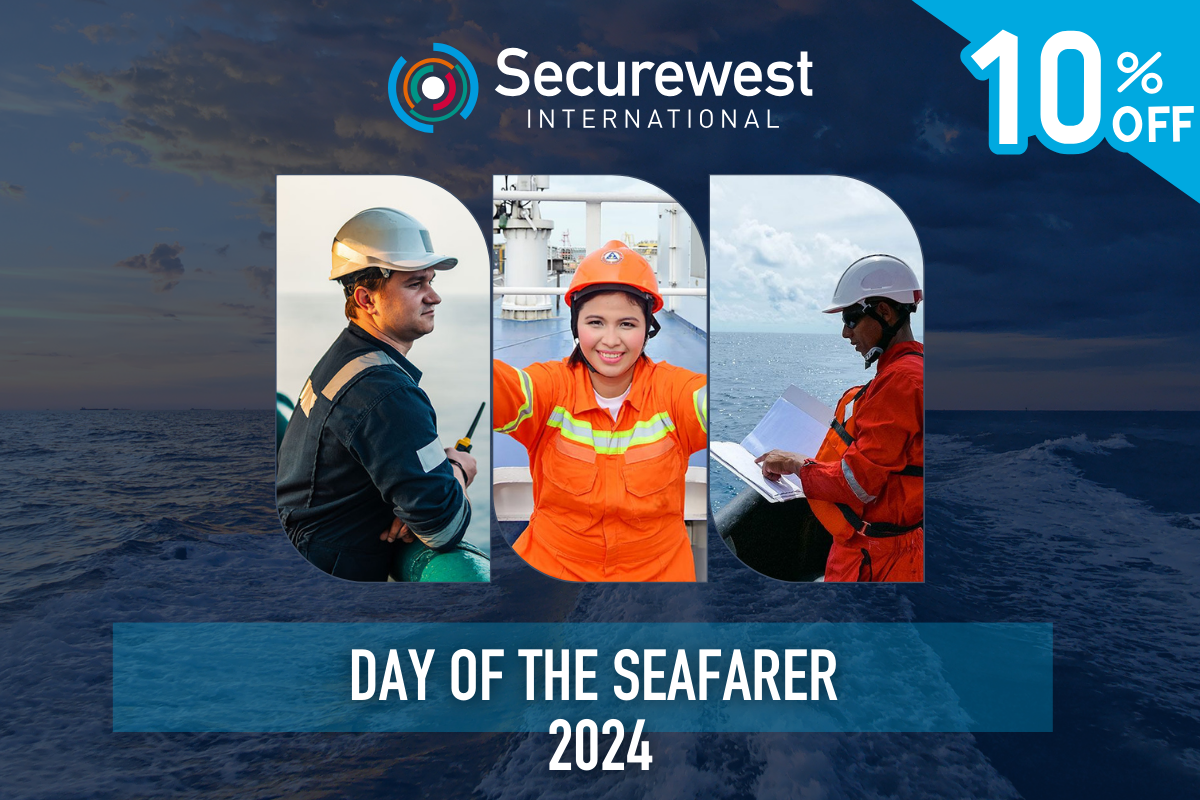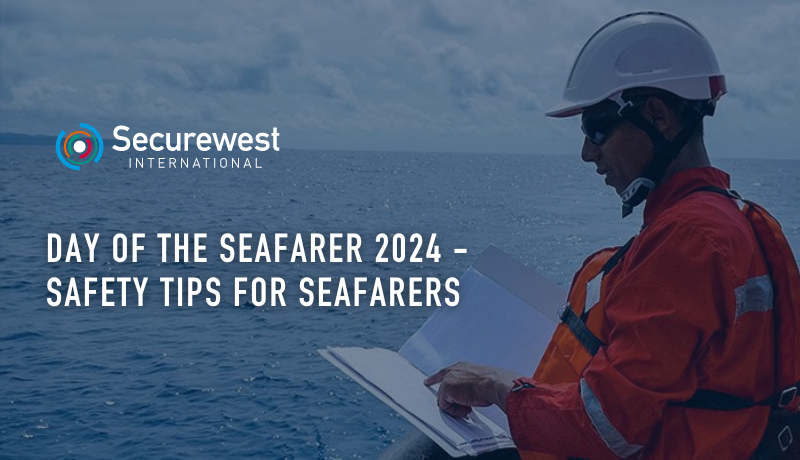The maritime industry is one of the world’s most essential sectors… However, it is also among the most perilous. It’s vital for seafarers to be aware of the risks and equipped with the knowledge to ensure their safety and that of their colleagues.
25th of June 2024, marks the Day of the Seafarer (DotS) and this year’s campaign focuses on seafarers’ contributions to maritime safety. Seafarers are invited to share pictures of their working environment, showcasing how they maintain safety, using the hashtag #SafetyTipsAtSea.
The Day of the Seafarer was established in a resolution adopted by the 2010 Diplomatic Conference in Manila to adopt the revised STCW Convention. Its stated purpose is to recognise the unique contribution made by seafarers from all over the world to international seaborne trade, the world economy and civil society as a whole.
To join the celebration and discussion on maritime safety, we are excited to share our top safety tips for seafarers…
Personal Protective Equipment (PPE)
Always utilise suitable personal protective equipment (PPE) wherever necessary. PPE such as safety helmets, goggles, shoes, life jackets, harnesses, and ear muffs are essential for seafarers. PPE minimises the risk of accidents and injuries from hazards like slippery decks, moving machinery, toxic substances and harsh weather. Its primary purpose is to protect seafarers from immediate risks, ensuring their safety in the challenging marine environment.
Emergency Preparedness and Communication
Be prepared for emergencies by knowing the location of escape routes and emergency exits. Keep your emergency grab bag, containing essential items like a flashlight, extra batteries, water, and a first-aid kit, ready at all times. Ensure that you are familiar with the ship’s radio equipment and how to use it. Regularly check the functioning of all communication devices and know the procedures for sending distress signals.
Safety Drills and Training
Participate actively in all safety drills and training sessions. Regular drills for fire, man overboard, and abandon ship scenarios ensure that you are well-prepared for emergencies. Familiarise yourself with the location and operation of safety equipment such as lifeboats, life rafts, fire extinguishers, and emergency alarms.
Well-being Onboard
Seafaring is a demanding profession with long hours, hard labour, and often involving prolonged absences from family. The high level of professionalism required to keep a vessel running safely is hard for non-seafarers to comprehend, and these challenges can put a physical and mental strain on an individual. It’s crucial to be vigilant about your own well-being and that of your fellow crew members.
Training and Certifications
Is your training up to date? All seafarers must complete the Proficiency in Security Awareness (PSA) course, which provides basic security knowledge for those without designated security duties. If you have security duties onboard, you must complete the Proficiency for Seafarers with Designated Security Duties (PDSD) course.
To recap, our top safety tips for seafarers include…
- Always use the appropriate personal protective equipment (PPE)
- Actively participate in all safety drills and training sessions
- Know the communication protocols for emergencies
- Be vigilant about your own well-being and that of your fellow crew members
- Make sure you have relevant training and certifications are up-to-date
In conclusion, prioritising safety at sea is essential for the well-being of all seafarers. By following these tips and sharing your safety practices, you contribute to a safer maritime industry. To support your ongoing education, we are offering a 10% discount on our online maritime training courses with the code DOTSSWI24. Stay safe and continue to make the seas a secure workplace for everyone.

